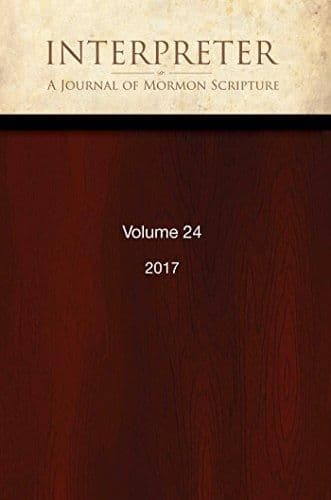Journal
Visions, Mushrooms, Fungi, Cacti, and Toads: Joseph Smith’s Reported Use of Entheogens

Title
Visions, Mushrooms, Fungi, Cacti, and Toads: Joseph Smith’s Reported Use of Entheogens
Publication Type
Journal Article
Year of Publication
2020
Authors
Hales, Brian C. (Primary)
Journal
Interpreter: A Journal of Latter-day Saint Faith and Scholarship
Pagination
307-354
Volume
38
Abstract
An article recently published in an online journal entitled “The Entheogenic Origins of Mormonism: A Working Hypothesis” posits that Joseph Smith used naturally occurring chemicals, called “entheogens,” to facilitate visionary experiences among his early followers. The entheogenic substances were reportedly derived from two mushrooms, a fungus, three plants (including one cactus), and the secretions from the parotid glands of the Sonoran Desert toad. Although it is an intriguing theory, the authors consistently fail to connect important dots regarding chemical and historical cause-and-effect issues. Documentation of entheogen acquisition and consumption by the early Saints is not provided, but consistently speculated. Equally, the visionary experiences recounted by early Latter-day Saints are highly dissimilar from the predictable psychedelic effects arising from entheogen ingestion. The likelihood that Joseph Smith would have condemned entheogenic influences as intoxication is unaddressed in the article.
Subject Keywords
Bibliographic Citation
Terms of use
Items in the BMC Archive are made publicly available for non-commercial, private use. Inclusion within the BMC Archive does not imply endorsement. Items do not represent the official views of The Church of Jesus Christ of Latter-day Saints or of Book of Mormon Central.